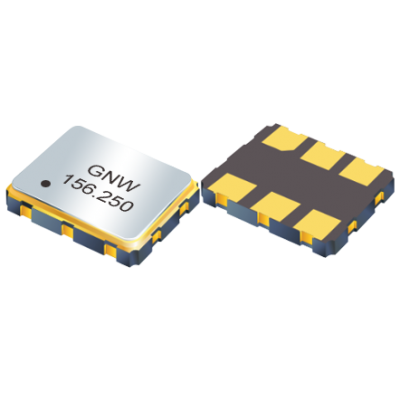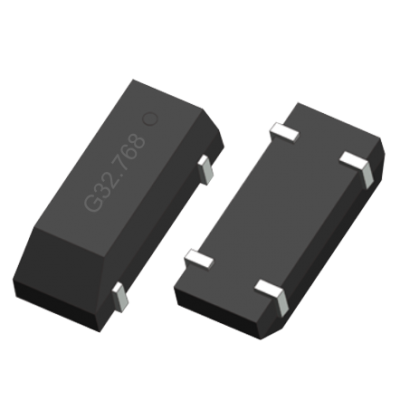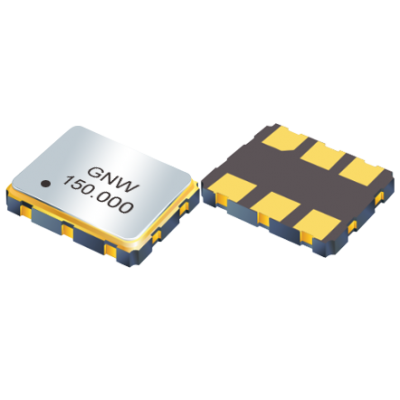
关于温度和电压变化引发的晶振电路不稳定问题(Temperature and Voltage Issues),晶诺威科技解释如下:
The circuit should be tested over the entire temperature and voltage range in which it is expected to operate. Tests are especially important at the highest temperature and lowest supply voltage, which lead to minimum loop gain and could result in a slow or no start-up. It’s also important to test at the coldest temperature and highest supply voltage, which lead to maximum loop gain and could overdrive and damage the crystal, force it to oscillate at an overtone or harmonic, or cause it to stop working.
晶振的振荡电路应在预期的整个温度和电压范围内进行测试。在最高温度和最低电源电压下的测试尤为重要,因为这会导致最小环路增益,并可能导致晶振起振缓慢或不起振。除此之外,请在最低温度和最高电源电压条件下进行测试,因为该测试会导致最大环路增益,可能使晶振因过驱而受损,迫使其在泛音或谐波模式下振荡,或停振。
If possible, testing under both low- and high-humidity conditions is also recommended. To minimize undesirable temperature effects, use capacitors with a low temperature coefficient。Verify that all components are specified to work for the entire temperature and voltage range, especially the crystal.
如果可能的话,建议进行湿度(最低湿度~最高湿度之间)测试。为了最大限度地减少温度变化带来的不良效应,请使用低温度系数的电容元件。请验证并确保所有组件都符合温度和电压要求,尤其是晶振。







